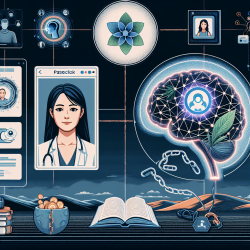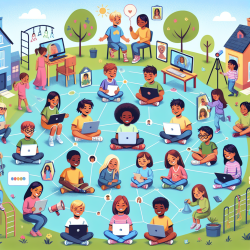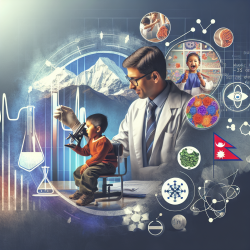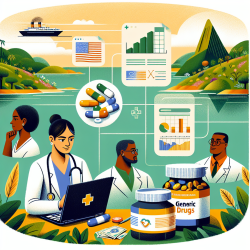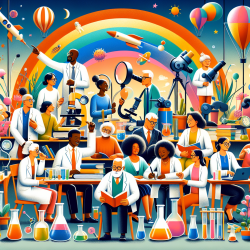Understanding Closed Loop Deep Brain Stimulation (CLDBS)
Closed Loop Deep Brain Stimulation (CLDBS) represents a significant advancement over Open Loop DBS (OLDBS). Unlike OLDBS, which provides constant stimulation, CLDBS dynamically adjusts based on real-time feedback from physiological biomarkers. This adaptive approach promises greater efficacy, safety, and reduced tissue damage.Applications in PTSD
Post-Traumatic Stress Disorder (PTSD) involves complex neurophysiological changes. The research suggests potential biomarkers for CLDBS in PTSD, including:- Skin conductance changes indicating sympathetic nervous system activation
- Serum and central neurotransmitter concentrations
- Limbic circuit activation
Applications in Addiction
Chemical dependency and addiction have shown improvement with both ablation and DBS of the Nucleus Accumbens. Potential biomarkers for addiction treatment include:- Environmental and geolocation-based cues
- Peripheral signs of physiological arousal
- Changes in central circuit patterns
Facial Recognition Software
The research also discusses using facial recognition software to modulate inappropriate responses in psychiatric disorders such as Autism Spectrum Disorder (ASD), PTSD, and Schizophrenia. Misinterpretation of social cues is a common feature in these conditions. Implementing facial recognition software can help practitioners better understand and address these misinterpretations, leading to improved social interactions for patients.Encouraging Further Research
While the research provides promising insights, further investigation is essential to refine these biomarkers and stimulation paradigms. Practitioners are encouraged to stay updated with ongoing research and consider participating in studies to contribute to the evolving field of CLDBS.Conclusion
Integrating the outcomes of this research into online therapy can significantly enhance treatment for PTSD, addiction, and disorders of affective facial interpretation. Practitioners are encouraged to explore these innovative approaches and contribute to further research for the benefit of their patients.To read the original research paper, please follow this link: Closed Loop Deep Brain Stimulation for PTSD, Addiction, and Disorders of Affective Facial Interpretation: Review and Discussion of Potential Biomarkers and Stimulation Paradigms
